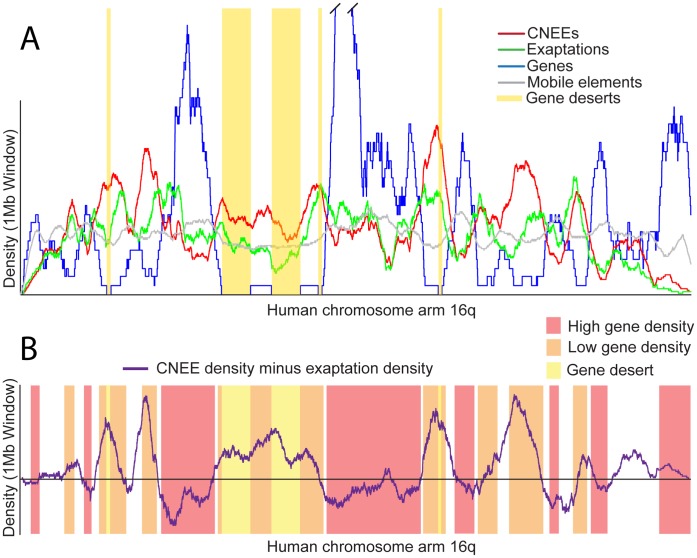Figure 4. Mobile elements co-opted as conserved non-exonic elements (CNEEs) are rarer than expected in gene deserts.
(A) We show the density of genes (blue), all CNEEs (red), just those CNEEs co-opted from mobile elements (green), and mobile elements (gray) windowed over 1 Mb intervals on the q arm of chromosome 16 where there are a number of gene-poor regions. Exaptations are less likely to occur in gene-poor areas when compared to CNEEs in general. (B) The difference between the density of CNEEs and that of exaptations is shown against a schematized backdrop of gene density. CNEEs have a greater normalized density in gene deserts and gene-poor regions of the genome compared to exaptations. In gene deserts, locations in the genome more than 1 Mb from the closest transcription start site, have a depletion of exaptations compared to the number of CNEEs ( , hypergeometric test).
, hypergeometric test).

